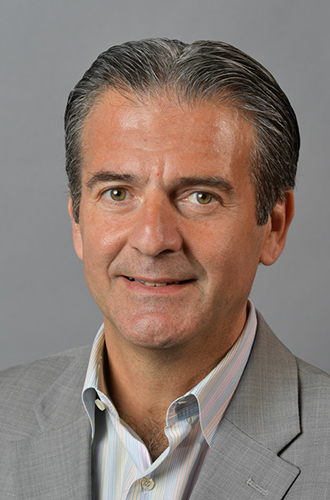You are here: Home > Message from Constantine A. Stratakis, MD, D(med)Sci
Message from Constantine A. Stratakis, MD, D(med)Sci

The Division of Intramural Research (DIR) of the Eunice Kennedy Shriver National Institute of Child Health and Human Development comprises 85 principal investigators in 10 programs, over 350 trainees from postbaccalaureate to clinical and postdoctoral fellows, and a total staff complement of 1200 people supporting our research mission. We are spread across 11 buildings in the Bethesda region of Maryland and have one group in Detroit, Michigan.
The research of the DIR is far-reaching in its pursuits and its impact. From a few of the highlights of the past year, listed here, to the clinical protocols for which we are recruiting, our institute’s mission is “to ensure that every person is born healthy and wanted, that women suffer no harmful effects from reproductive processes, and that all children have the chance to achieve their full potential for healthy and productive lives, free from disease or disability, and to ensure the health, productivity, independence, and well-being of all people through optimal rehabilitation.” On the disk enclosed with this mailing are detailed accounts from each investigator of their work in 2009, described by our former leader and Scientific Director, Dr. Owen Rennert, as “the orchestration of life by molecular messengers.”
In the past months, one of the pivotal forces behind the creation of NICHD, Mrs. Eunice Kennedy Shriver, passed away. Her name, along with her example, precedes our institute’s name, reminding us of our obligations to serve humanity, to work tirelessly to improve the health of all people, and never to forget her own work to enhance the lives of individuals with intellectual and developmental disabilities.
For the emerging investigators across our country and abroad, and the established investigators in the U.S. and around the world whose interest is piqued by the work we describe herein, I extend my personal invitation to communicate with us, to engage in a dialogue about our investigative work. Indeed, for those of you ready to launch your early scientific careers at the bench or the bedside, I invite you to look even more closely at what we do and to consider a training experience here, whether through structural and physical biology, cell biology, developmental and reproductive endocrinology, genetics, behavioral science, or the neurosciences.
The eternal dynamic, the state in which everything changes and nothing remains still, is an apt framework in which to consider our work as scientific investigators: each new discovery leads to yet further questions, as we continue to uncover new knowledge. In this context, I am proud to present the work of the DIR from the past year.
Bethesda, Maryland
December 2009



